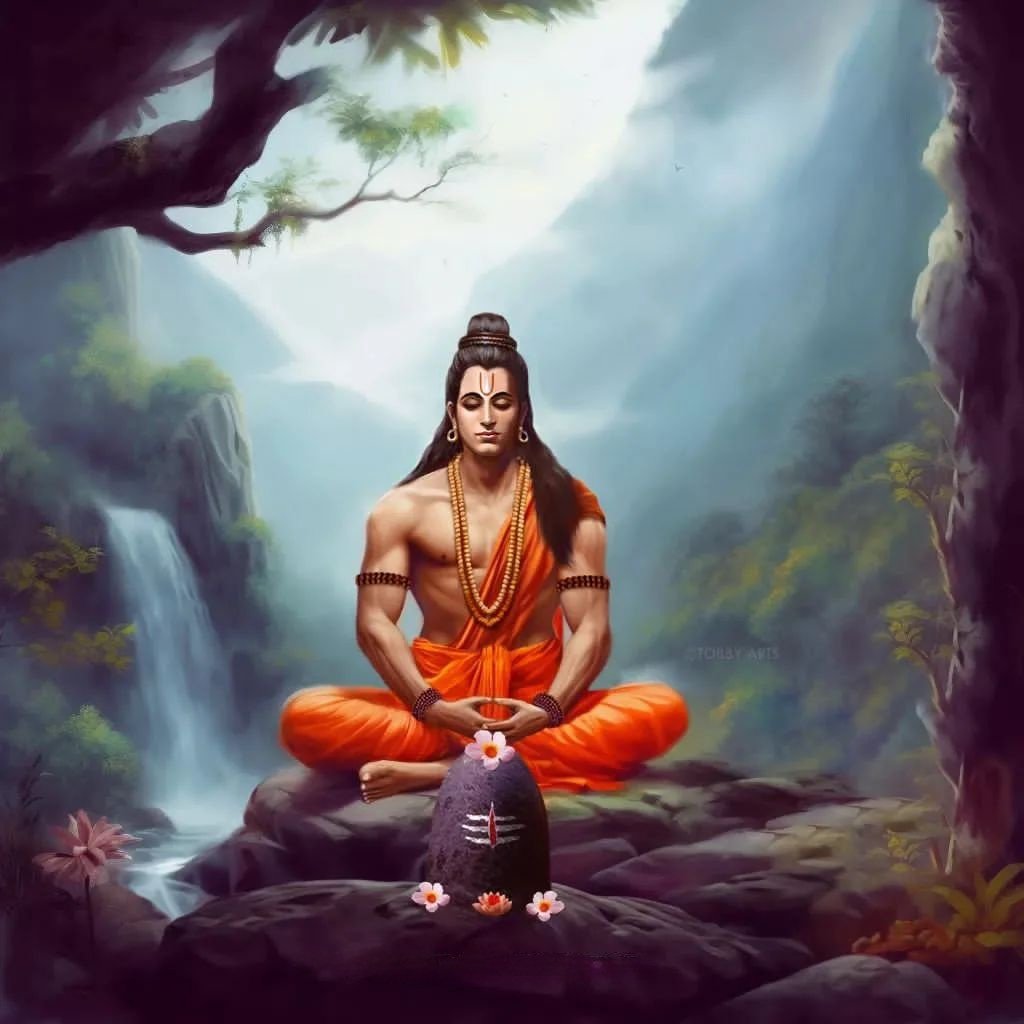


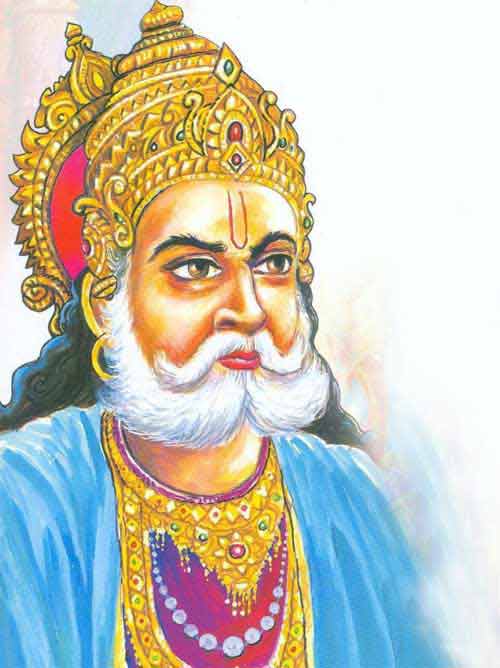
15 Learnings from Ramayan


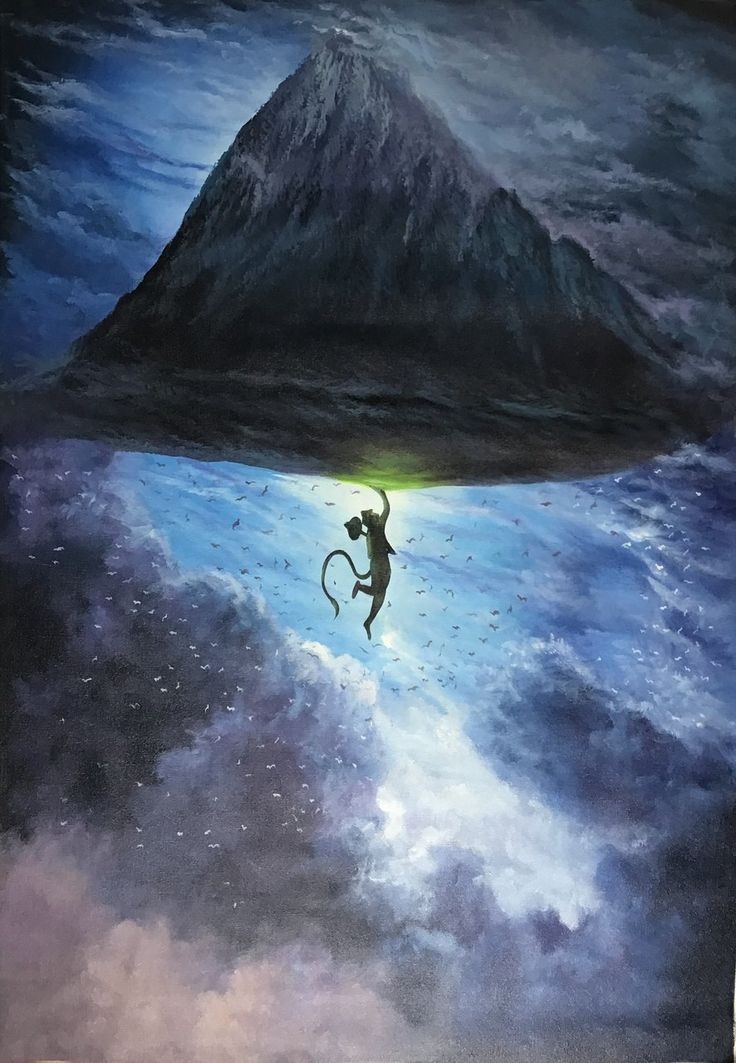
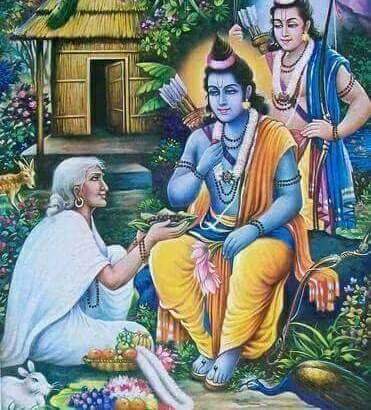
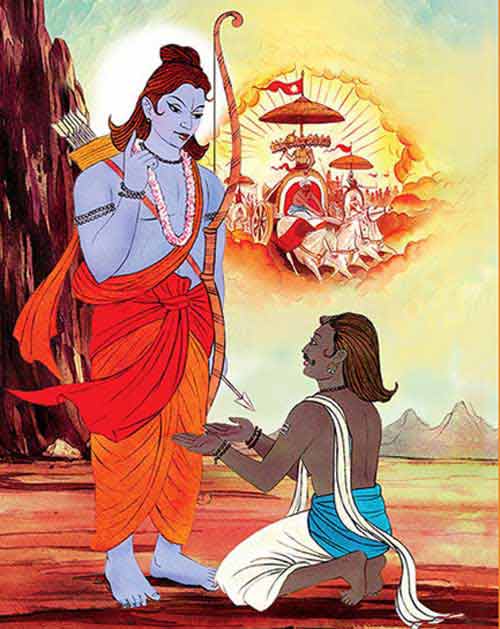
15 Learnings from Ramayan
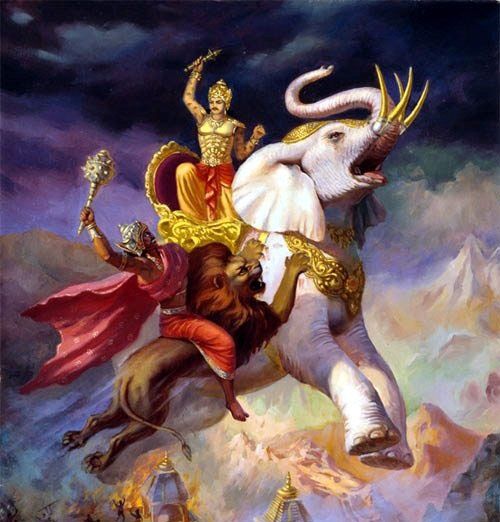
Reviews, Scam or Legit, Tourism, Fitness, Entertainment News, Fake or Real, ShareMeBook
Share your reviews Fake or Real, Tourism, Fitness, Entertainment News, legit or scam

The Rama, the prince of Ayodhya, 15 Learnings from Ramayan goes into exile due to his father’s promise. Later, Ravana kidnaps Sita and Rama wages a war against him to rescue her and returns to Ayodhya to be crowned king.
The Ramayana Sanskrit: रामायणम्, romanized: Rāmāyaṇam) is a Sanskrit epic from ancient India, one of the two important epics of Hinduism, the other being the Mahābhārata. Together, they form the core of Hindu Literature. The epic, traditionally ascribed to the Maharishi Valmiki, narrates the life of Rama, a prince of Ayodhya in the kingdom of Kosala. The epic follows his fourteen-year exile to the forest urged by his father King Dasharatha, on the request of Rama’s stepmother Kaikeyi; his travels across forests in the Indian subcontinent with his wife Sita and brother Lakshmana; the kidnapping of Sita by Ravana, the king of Lanka, that resulted in war; and Rama’s eventual return to Ayodhya along with Sita to be crowned king amidst jubilation and celebration.
MAHABHARATA Day 8 | Episode 8 – The fight for the CROWN










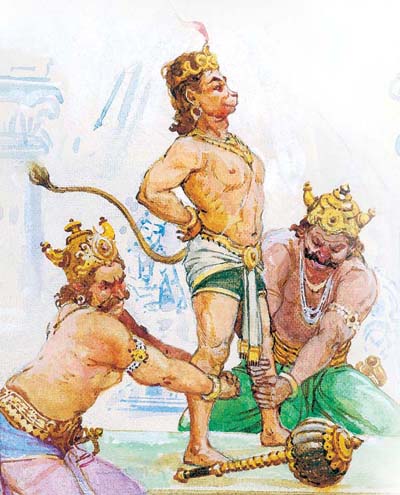
MAHABHARATA Day 9 | Episode 9 – The story of Lakshagriha
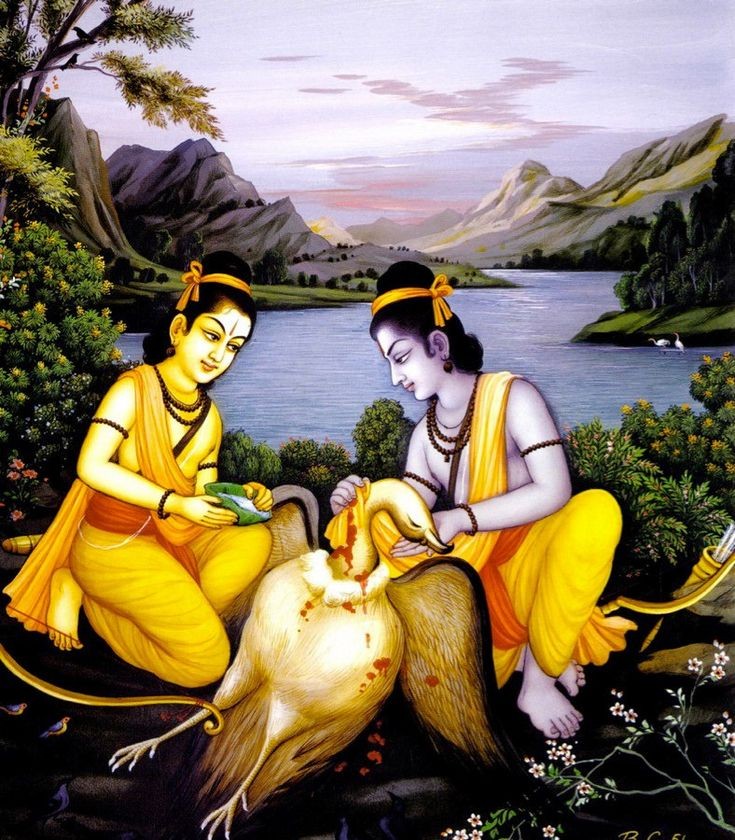
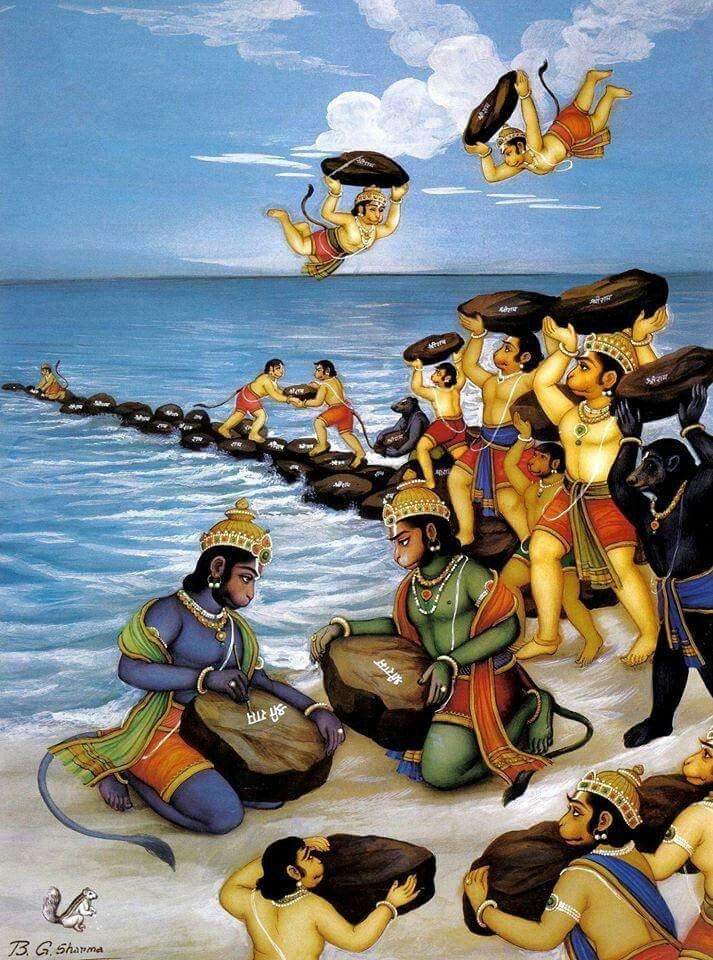

Visit for more collections indianinq8.com
The name Rāmāyaṇa is composed of two words, Rāma and ayaṇa. Rāma, the name of the main character of the epic, has two contextual meanings. In the Atharvaveda, it means ‘dark, dark-coloured, black’ and is related to the word rātri which means ‘darkness or stillness of night’. The other meaning, which can be found in MAHABHARATA Day 12 | Episode 12 – DRAUPADI’s Swayamvara the Mahabharata, is ‘pleasing, pleasant, charming, lovely, beautiful’.[14][15] The word ayana means travel or journey. Thus, Rāmāyaṇa means “Rama’s journey”, with ayana altered to ayaṇa due to the Sanskrit grammar rule of internal sandhi.
Copyright © All rights reserved | Newsair by Themeansar.